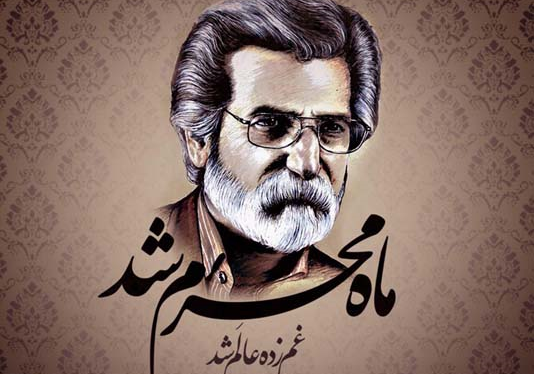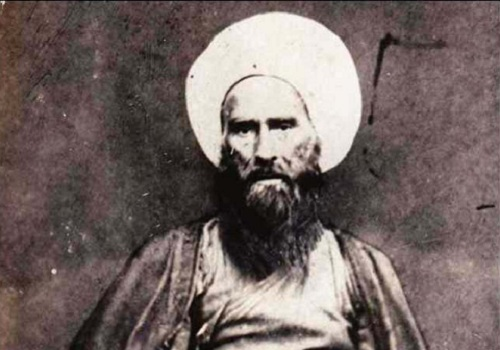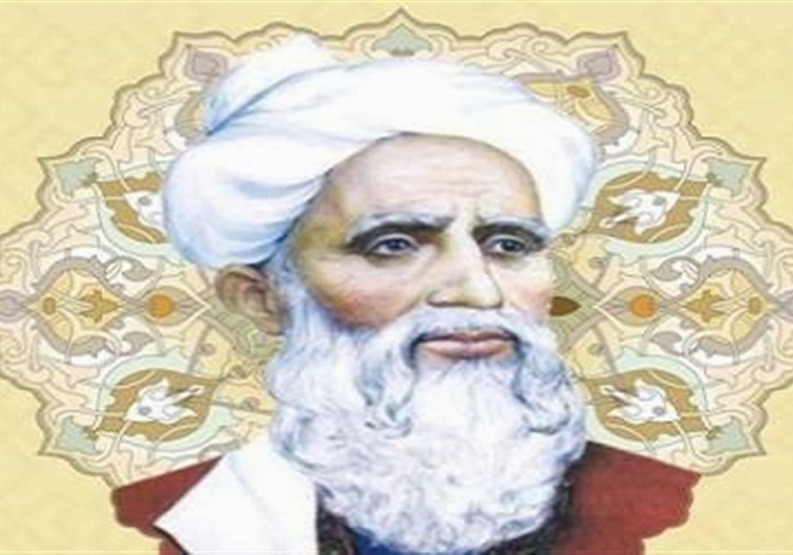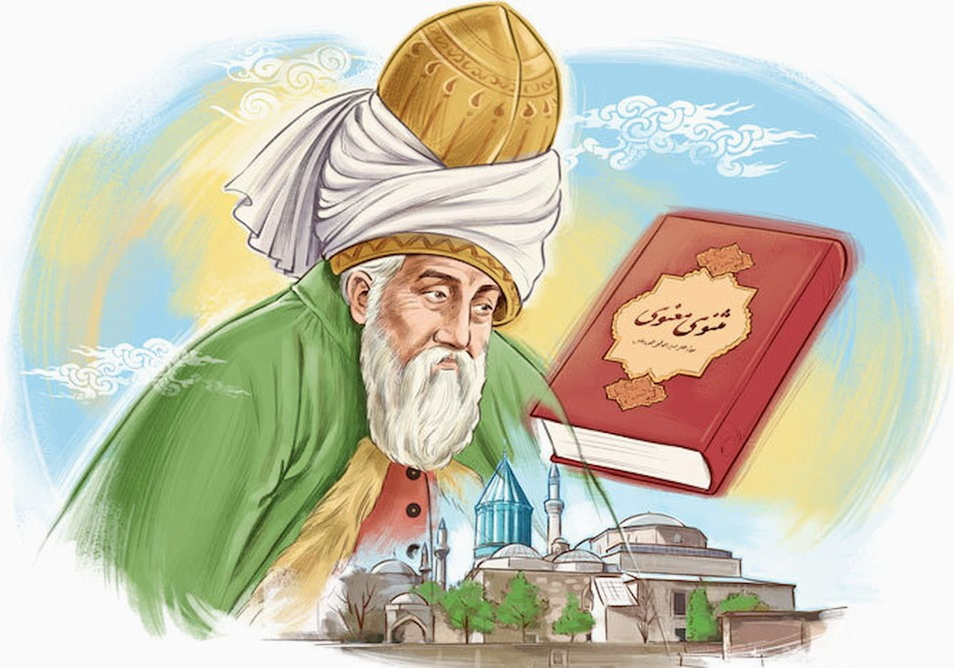
Mulla Sadra and the Compatibility of Revelation and Wisdom
Muhammad ibn Ibrahim Qawami Shirazi, popularly known as Mulla Ṣadra and Sadr al-Muta’allahin was an Iranian Islamic mystic, philosopher, theologian, and jurist who came up with new philosophical thoughts in the Islamic world. Mulla Sadra had a profound knowledge of the Holy Qur’an and hadiths and resorted to them to resolve the philosophical issues he came across.
Mula Sadra was born in Shiraz in 1588 CE. His father, Khwaja Ebrahim Qawami, was a scholarly and very religious politician, and despite having wealth, honor, and status, he had no children until, as a result of much prayer and supplication to God, he was blessed with a son, who later became known as Mulla Sadra. Being the only son of the ruling minister of the vast region of Fars, Mulla Sadra lived in very comfortable life during his teenage years and youth. In addition to the common courses that were taught in the seminaries of that time, he also mastered such subjects as Persian literature, Arabic, logic, jurisprudence, theology, and philosophy. Mulla Sadra received part of his training in Shiraz, but he underwent most of his education in Qazvin, which was the capital of Iran at that time. In Qazvin, he met two great Islamic scholars of the time - Sheikh Bahauddin Ameli and Mirdamad and attended their lectures. With the transfer of Safavid capital from Qazvin to Isfahan, Sheikh Bahauddin and Mirdamad migrated to that city along with their students and began their classes there. Mulla Sadra, who was then 26 or 27 years old, was not in need of further education and was thinking of finding new foundations in philosophy and founding his own school of thought.
The Founder of “Transcendent Theosophy”
Due to the fact that his views on certain jurisprudential issues differed from the views of the majority superficial scholars of the time, Mulla Sadra was accused of religious heresy, expelled from the seminary, and exiled from Isfahan to a village named Kahak near Qom, where he stayed for five or seven years. During this period, he became interested in Islamic mysticism but continued to pursue his teachings and research. At the end of his life, he returned to Shiraz, taught at the “Khan” seminary, and trained many prominent students such as Mulla Mohammad Faiz Kashani and Sheikh Abdul Razzaq Lahiji. It was during this period that he wrote the book “Al-Hikma al-Muta’aliya fi al-Asfar al-‘Aqliyya al-Arba’a” (The Transcendent Wisdom Regarding Four Intellectual Journeys), which changed Islamic philosophy. Asfar al-Arba’a consists of four volumes and is arranged on the basis of the four stages of the mystical journey. This book contains the principles of “Transcendent Theosophy”. One of the characteristics of transcendental wisdom is the compatibility of reason and revelation, which means there is no conflict between human reason and divine revelation and religious teachings and that man can receive divine knowledge through his intellectual essence.
Inspired by the Islamic Gnostics, Mulla Sadra has organized his “Transcendent Theosophy” in the form of four intellectual journeys:
1- The journey from the creatures to God,
2- The journey in God by God (by God, in that the spiritual traveler leaves his or her own existence and ascribes his journey to God),
3- The journey from God to the creatures by God (the journey in how pluralities were emanated from the unity or the observation of the stages of the creatures from the highest to the lowest),
4- The journey in the creatures by God (the journey in the plurality of the creatures with the consideration that God's unity penetrates in this plurality, and the observation of how the creatures return to God).
Mulla Sadra’s Works
Mulla Sadra had performed Hajj six times; traveling on foot. At the age of 70, he attempted this trip for the 7th time with full enthusiasm but fell ill on the way and passed away.
He has left behind about fifty valuable works from among which mention can be made of: Mufatih al-Ghayb, Al-Shawahid al-Rububiyyah fi al-Manahij al-Sulukiyyah, Al-Masha’ir, Al-Mubada’ wa Al-Ma’ad, Commentary on Al-Hadayah al-Athiriyyah, Commentary on Ibn Sin’a book “Shifa”, Commentary on “Tafsir-e Beyzawi, Explanatory notes on Usul al-Kafi, Al-Waridat al-Qalbiya, Jawabat al-Masa’il al-Awisah, Al-Qawa’id al-Malkutiyah, Exegesis of Ayat al-Kursi and Aya Noor, and exegesis of Qur’anic Surahs: Al-A’la, Al-Hadid, Al-Jumu’a, Al-Fatiha, Talaq, Dhuha, and a part of Surah Al-Baqarah.
Mullah Sadra is said to have been buried in one of the old cemeteries of Basra city. May 22, has been named “Mulla Sadra Commemoration Day” in the national calendar of Iran.
| Name | Mulla Sadra and the Compatibility of Revelation and Wisdom |
| Country | Iran |
| Nickname | Mulla Sadra |
| Production Time | 1588 CE |
| Works | Mufatih al-Ghayb, Al-Shawahid al-Rububiyyah fi al-Manahij al-Sulukiyyah, Al-Masha’ir, Al-Mubada’ wa Al-Ma’ad, Commentary on Al-Hadayah al-Athiriyyah, Commentary on Ibn Sin’a book “Shifa”, Commentary on “Tafsir-e Beyzawi, Explanatory notes on Usul al-Kafi, Al-Waridat al-Qalbiya, Jawabat al-Masa’il al-Awisah, Al-Qawa’id al-Malkutiyah, Exegesis of Ayat al-Kursi and Aya Noor, and exegesis of Qur’anic Surahs: Al-A’la, Al-Hadid, Al-Jumu’a, Al-Fatiha, Talaq, Dhuha, and a part of Surah Al-Baqarah. |
| Yard period | the past |
| Type | Academic |

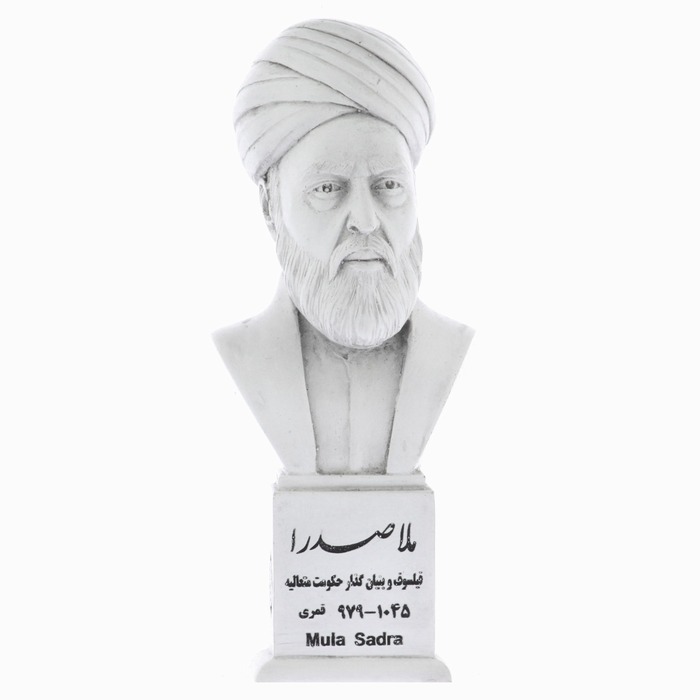
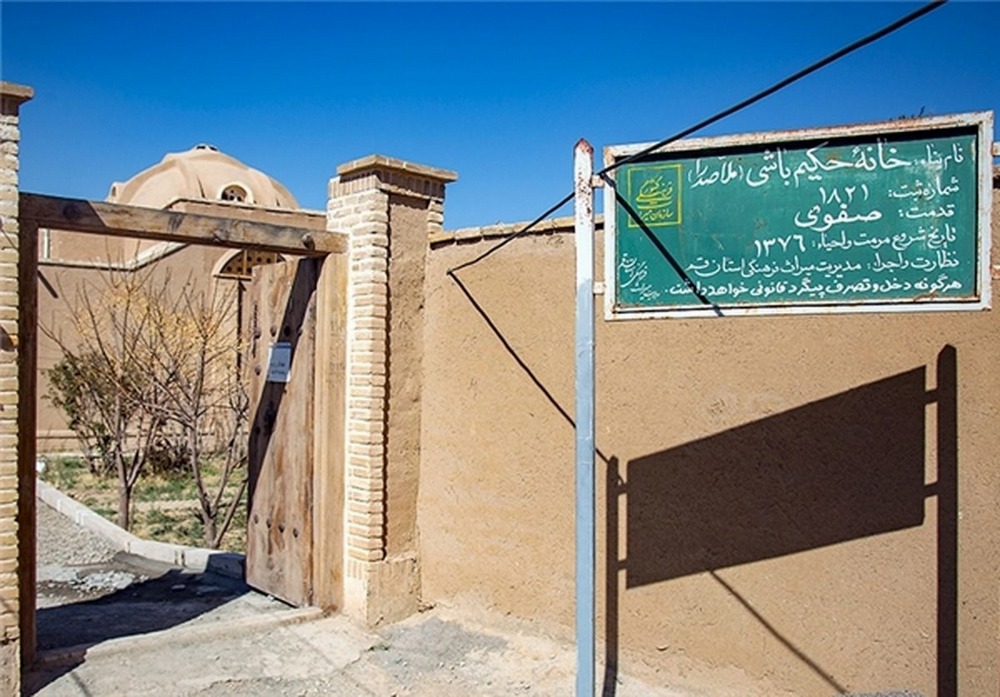



Choose blindless
Red blindless Green blindless Blue blindless Red hard to see Green hard to see Blue hard to see Monochrome Special MonochromeFont size change:
Change word spacing:
Change line height:
Change mouse type:


